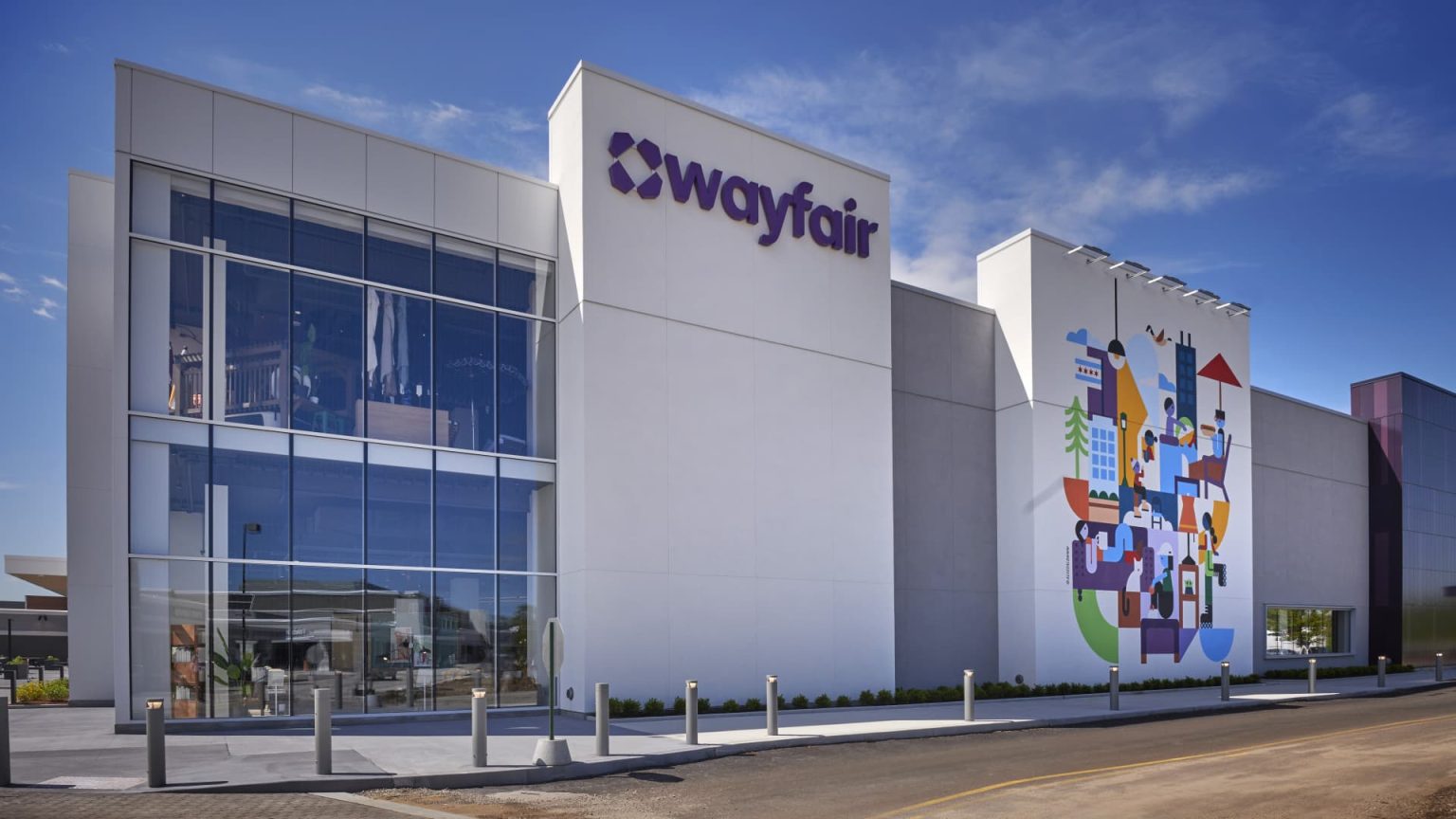Despite the rise of e-commerce, online home goods retailer Wayfair is opening its first brick-and-mortar store near Chicago, recognizing the importance of providing customers with a physical shopping experience for items like furniture and mattresses. As many digitally native companies face challenges in sustaining profitable e-commerce businesses due to factors like privacy changes, increased competition, and the rise of online marketplaces, turning to physical retail may offer new growth opportunities. Other direct-to-consumer brands like Warby Parker and Figs have also successfully expanded into retail stores, attracting new customers and boosting revenue.
Wayfair’s new store will offer a variety of home goods beyond furniture, aiming to become a one-stop shop for all things related to home décor and improvement. In envisioning a nationwide footprint of large-format stores, Wayfair is part of a broader trend of brick-and-mortar renaissance following several years of declining store openings. Discount retailers and direct-to-consumer brands alike are driving this resurgence, with companies like Warby Parker and Figs experiencing success with their expansion into physical retail. Despite challenges and high costs associated with opening stores, brands see the value in establishing a physical presence to complement their online operations.
The high cost of entry into physical retail presents a significant challenge for direct-to-consumer brands looking to expand beyond e-commerce. Companies must invest in location selection, logistics, furnishings, and operations to ensure the success of their stores. Some brands, like Allbirds and Purple, have faced setbacks after rapid expansion and have had to close underperforming locations. Wayfair, which has not been profitable for several years, will need to navigate these challenges carefully as it embarks on its retail expansion strategy. By starting slow and evaluating the success of its first store, Wayfair aims to learn from its initial foray into physical retail before considering further investments.
The shift towards brick-and-mortar represents a new phase of growth for many digitally native companies, as they recognize the importance of offering customers a blend of online and offline shopping experiences. Retail stores provide a unique opportunity to engage customers, attract new shoppers, and differentiate brands in a competitive market. While the retail landscape continues to evolve, traditional physical stores remain a critical component of the overall retail strategy for many brands. By understanding the benefits and challenges of physical retail, companies like Wayfair can strategically navigate the changing retail environment and drive long-term success.
As consumers continue to seek diverse shopping experiences, companies like Wayfair are leveraging brick-and-mortar stores to enhance their brand presence and reach more customers. Offering a broad assortment of products and services, physical stores provide a tangible connection between customers and brands that goes beyond online interactions. By focusing on creating engaging in-store experiences and aligning their physical and digital strategies, companies can capitalize on the enduring appeal of retail stores and strengthen their position in the market. Overall, brick-and-mortar remains a valuable channel for growth and innovation in the constantly shifting retail landscape, enabling companies to adapt to changing consumer preferences and drive sustainable success in the long term.


